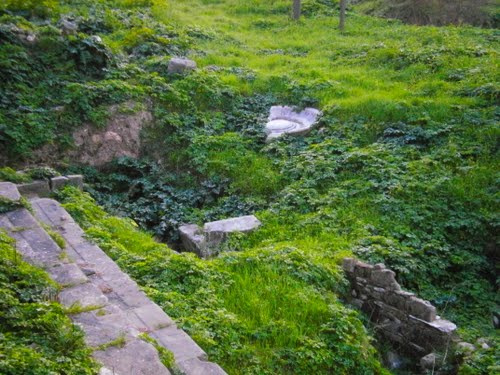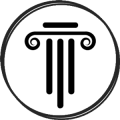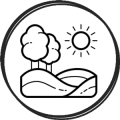
On the junction of 31st of May street and Great Alexander street lie the ruins of the ancient stadium of Kos. The stadium located opposite the church of St. Ann (south west of the ruins of the north Thermes) is dated to the first half of the 2nd century B.C. It was discovered in part by Herzog who first excavated the remains of seven columns and in part by Laurenzi, who uncovered later seats made of travertine distributed in various semi circular linings. This discovery confirmed the hypothesis that the newly found ruins were those of the stadium. During Morricone’s excavation of 1939-1940 no seats were found in their original positions, however the archaeologists uncovered great plaques made of blue black marble, upon which the columns were fixed.
The length of track did not surpass an average of 180 meters while was approximately 30 meters. The architecture of the stadium, combines Doric and Ionic elements.
Laurenzo uncovered architectural parts of Doric style, fragments of columns, architraves and column heads made of white marble.
An interesting inscription found in the perimeter of the stadium near St Ann’s church referring to a certain {He}rylo who as a paidonomos looked after the health and the good behavior of the youths. The inscription was dedicated to Alseios Zeus and Alseia Athena and stood on the pedestal of a votive statue:
{Χαι}ρύλος Νικομάχου νεώ(τερος) {παιδο}νομών υπέρ τας των {παίδων} υγείας και ευταξίας {Διί Αλσεί}ωι και Αθάνα Αλσεία
Text Source: www.kos.gr




